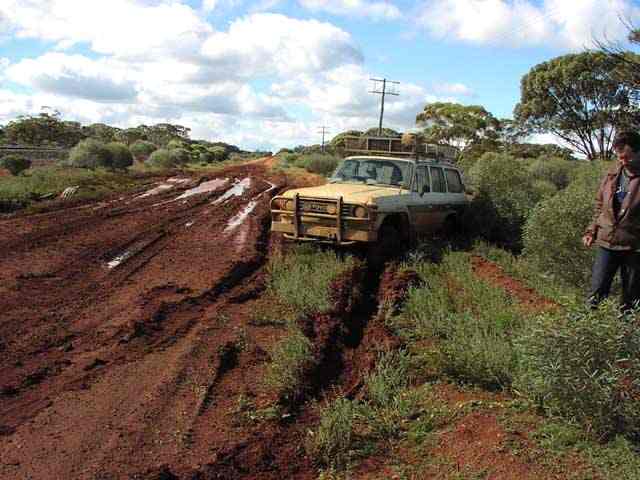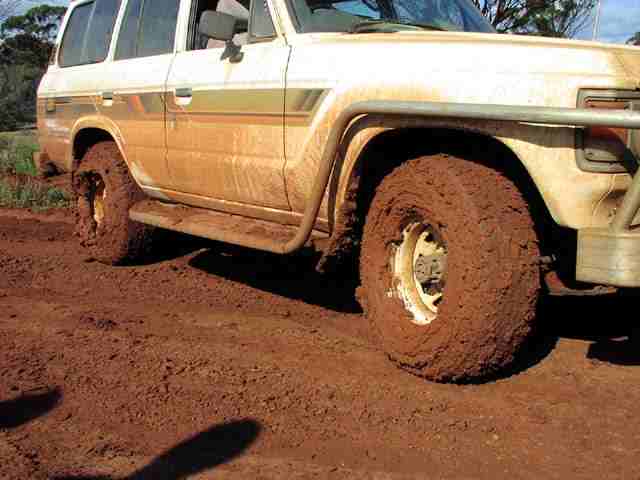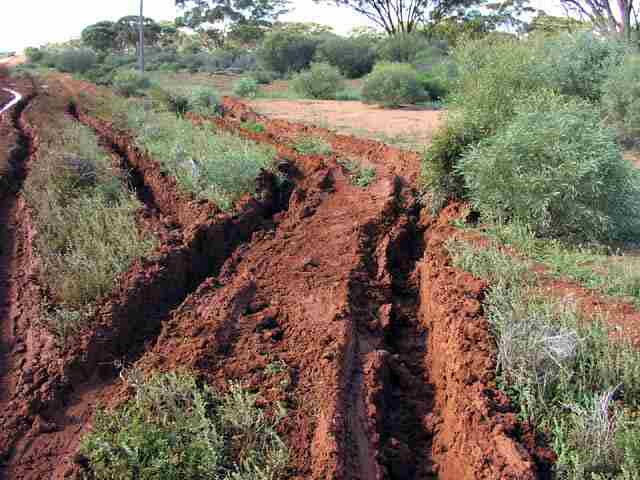I've had my PTO on the truck for about 6 months now and I've used it a few times. Only once was I really stuck. After I used it that time I just loosely wound it on the drum figuring I'd get it nice and tight again in the following week.
My landlord came running over the next day- his farm truck (very light weight 660cc truck) was unable to get out of the rice field. It was a very light pull and if I had a tow rope with me that would have been the way to go but I didn't. When pulling him out I could feel the rope slip in between the loose cable on the spool. It got 2 good kinks in it one of which resulted in a strand slipping slightly below the other 6 strands.
Though in this case they are the result of poor practice it seems that kinks are kind of unavoidable in of road usage where angled pulls are often encountered.
Are you guys able to keep wire rope damage/kink free during pulls??
If not then how do you decide how much damage is too much?
Typically how much use do you get out or a rope before you typically replace it?
Pete
My landlord came running over the next day- his farm truck (very light weight 660cc truck) was unable to get out of the rice field. It was a very light pull and if I had a tow rope with me that would have been the way to go but I didn't. When pulling him out I could feel the rope slip in between the loose cable on the spool. It got 2 good kinks in it one of which resulted in a strand slipping slightly below the other 6 strands.
Though in this case they are the result of poor practice it seems that kinks are kind of unavoidable in of road usage where angled pulls are often encountered.
Are you guys able to keep wire rope damage/kink free during pulls??
If not then how do you decide how much damage is too much?
Typically how much use do you get out or a rope before you typically replace it?
Pete



